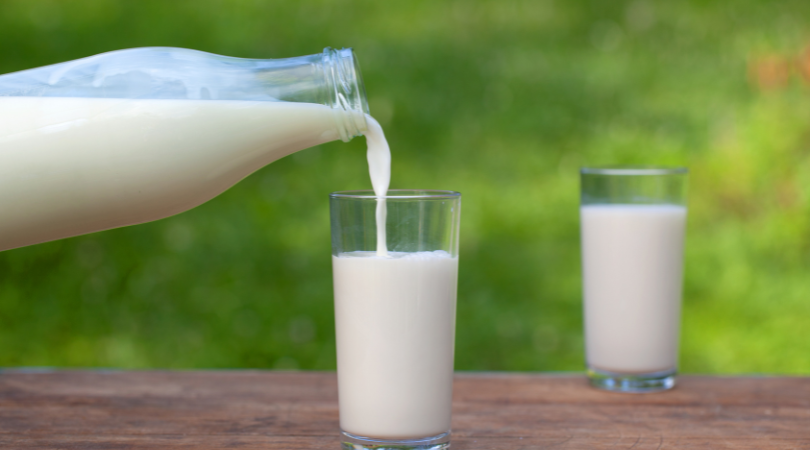Clear tracking from farm to cup for safer, trusted milk.
Milk safety has become a trending topic after reports of contamination in informal supply chains raised public concern. In response, the Kenya Dairy Board (KDB) and various cooperatives are championing the use of digital traceability systems to monitor milk collection, testing and transport.

With GS1 standards, the entire milk value chain can be mapped transparently. Each batch of milk can carry a GTIN, linked to the specific farm or cooperative identified through a GLN. This makes it possible to track milk from the farmer to the cooling plant, through to processing and packaging, ensuring only safe, tested milk reaches consumers.
When processors print 2D barcodes on milk packaging, consumers can scan to confirm freshness, source and testing details, helping restore public trust. This approach aligns perfectly with Kenya’s Food Safety Coordination Bill 2025, which calls for greater digital oversight in food handling.
By adopting GS1 identifiers, Kenya’s dairy sector not only safeguards health but also empowers smallholder farmers to compete in regulated and export-ready markets where traceability is non-negotiable.
